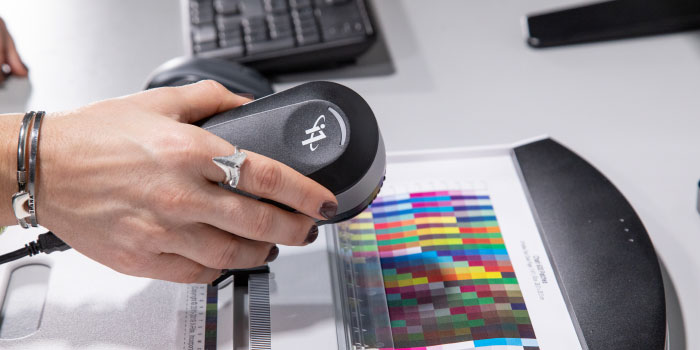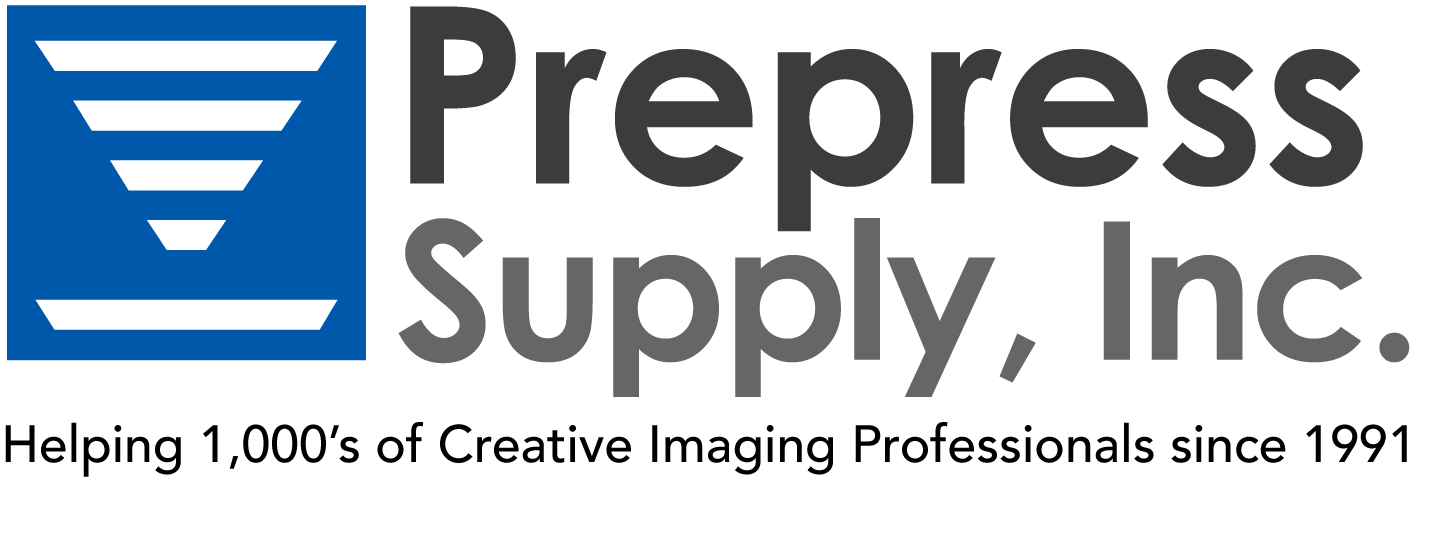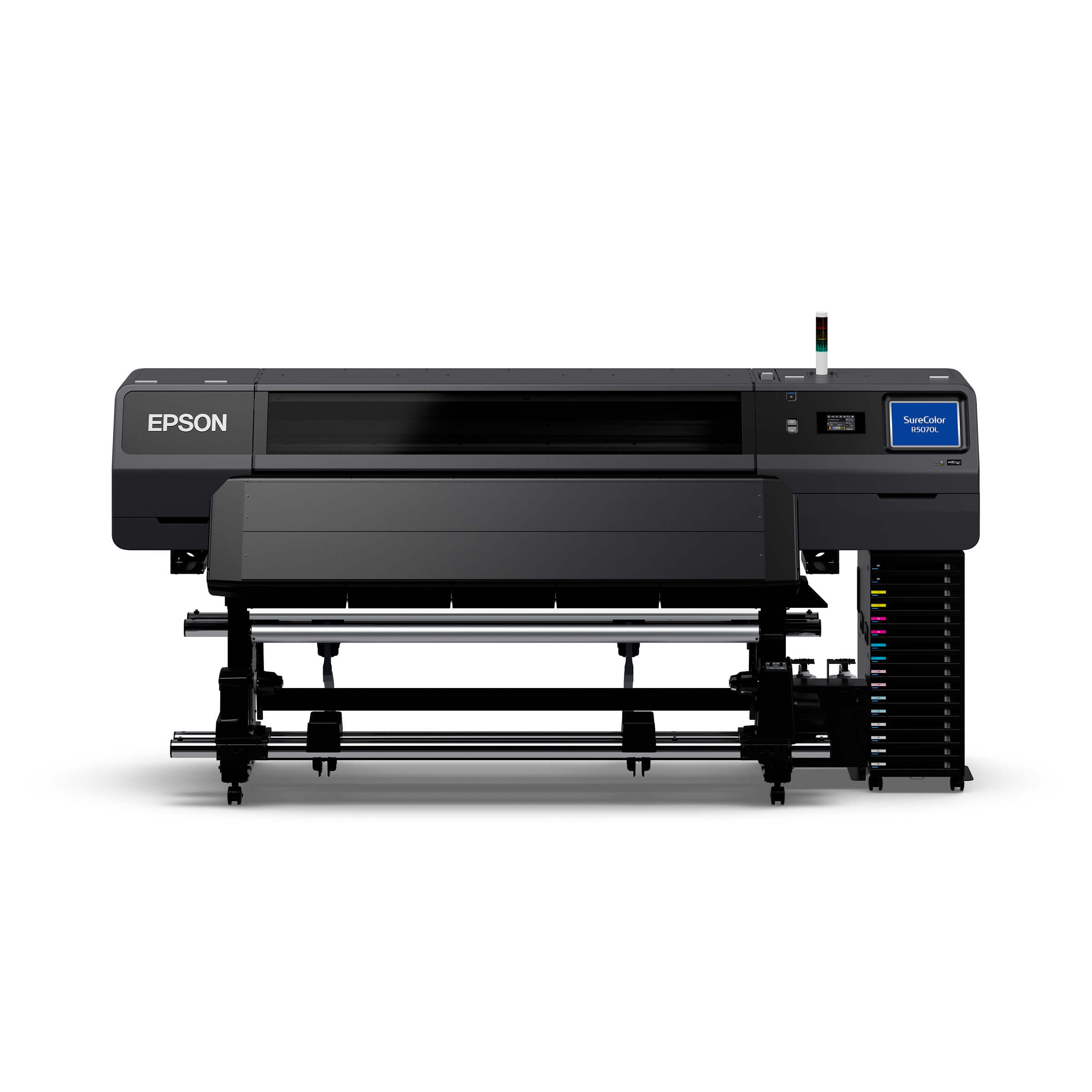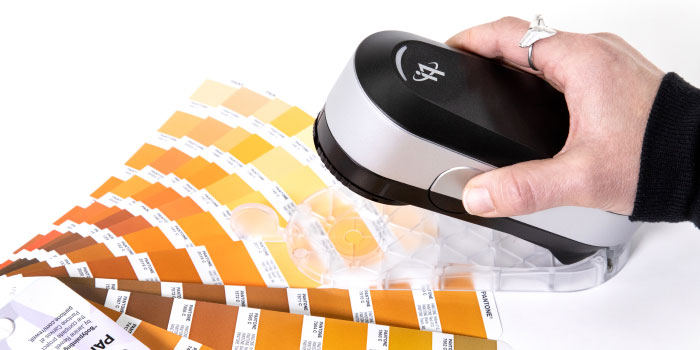Do I Need a RIP for my Print Shop?

As a print professional, you’ve probably heard about the benefits of RIP software in making your printing workflow easier and more efficient. But you might wonder if a RIP can truly enhance your colors and improve image quality. Do you really need to use a RIP, or can you achieve the same results with the included print driver and software?
In this article, we’ll explore what a RIP is, what it does, and the advantages it offers. We’ll also provide a list of some top RIP programs. Most importantly, we’ll help you answer the question: “Do I need a RIP?”
Here are a few questions to help you decide if you need RIP Software:
- Do you have two or more printers?
- Do you create your own ICC profiles?
- Do you want to streamline your printing workflow?
- Do you have multiple operators running your printers?
- Do you want to optimize media usage and reduce waste?
- Do you need to print multiple copies of the same image or different images?
- Do you need to reprint past images while maintaining color accuracy?
- Do you want to increase your printing productivity?
If you answered “Yes” to any of these questions, it may be time to consider using a RIP.
Now, let’s understand what a RIP is. RIP stands for Raster Image Processor. It’s a program similar to the print driver that comes with your printer but with additional control and features.
A RIP is designed to handle various file types, sizes, and quantities without limiting your printing capabilities. It processes files efficiently, resulting in faster print times and reduced waiting periods. For example, if you’ve ever tried to print a large image with a file size over 300MB using the standard print driver, you may have encountered difficulties and delays. However, with a dedicated RIP program built to handle large files, this task becomes much easier, allowing you to work on other projects while the image is processed. A RIP also enables you to process and print multiple files simultaneously, enhancing your overall printing efficiency.
Furthermore, a RIP stores all the processed data, making reprinting a breeze. Most RIP programs also include ICC profiling capabilities, eliminating the need for additional software to create custom ICC profiles (although you’ll still require a spectrophotometer like eXact 2 Portable Spectrophotometer by X-Rite).
In terms of workflow, a RIP empowers you to process and print multiple files concurrently, significantly improving your printing production and efficiency. You can print one job, process another, and prepare more jobs simultaneously. With a RIP, you gain complete control over your files, including scaling, rotating, color correction, color profiling for different media types, multiple copies, nesting, and much more.
Unlike print drivers that often experience lag, a RIP buffers data after processing the entire file before sending it to the printer. This ensures consistent output without delays. By utilizing a RIP, you unlock your printer’s full potential and have comprehensive control over the printing process.
Nesting is another valuable feature offered by a RIP. It allows you to maximize media usage, reduce waste, and print multiple files at the same time. With nesting, you can combine multiple files into one print job, arranging them efficiently on the print media. For example, if you have a 36″ roll and three files sized at 8″x10″, a RIP enables you to rotate each image so that the width is 10″ (left to right) and position all three files next to each other. This way, you can print all three images using only about 8″ of media. The RIP also provides the flexibility to drag files to specific locations on the media, optimizing space utilization.
Moreover, a RIP allows you to manage multiple printers from a single computer simultaneously, without any performance impact. You can process, print, and prepare files for each printer, maximizing production efficiency. A RIP enables you to calibrate and profile each printer, ensuring accurate and consistent colors across all connected printers. This feature is particularly useful when you have two or more printers that use the same media. Instead of assigning one printer to a specific job, you can run the job on any printer or split it across multiple printers. The linearization process in the RIP helps achieve color consistency by aligning each printer’s output with its original state.
Color management is another area where a RIP can make a significant difference. Alongside linearization, most RIP programs offer the ability to create custom ICC profiles without requiring additional software. While this can also be done using the standard printer driver, a RIP provides more options and control. Standard print drivers often limit you to choosing existing media types, offering little control over ink capacity adjustment or linearizing specific media types. With a RIP, you can create and store custom media types by entering the name of the media you’re using. This feature is beneficial when you have multiple printers of the same model. You can create a profile on one printer and easily transfer it to the others. Even if you have different printer models, a RIP allows you to achieve accurate color prints through the profiling process. This is particularly useful when working with aqueous and solvent printers.
While there are several RIP programs available, The most commonly used RIP, and our favorite is Onyx. While there are various RIPs offering many great features, if you’re interested in learning more about why Onyx is our preferred RIP software, read our previous post The Best RIP Software For Large Format Printing.
If you are interested in learning more about ONYX or other RIP softare, feel free to email Sales@PrepressSupply.com and weI’ll send you a free guide and trial versions for you to evaluate.


